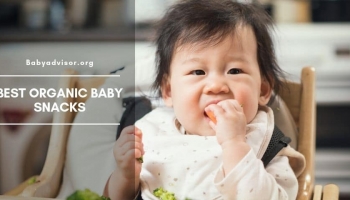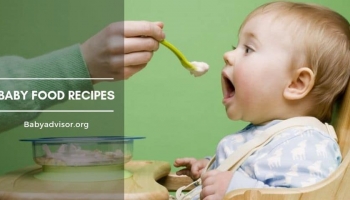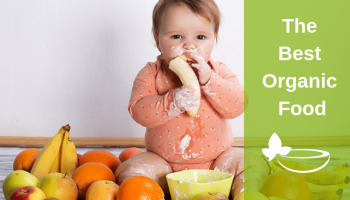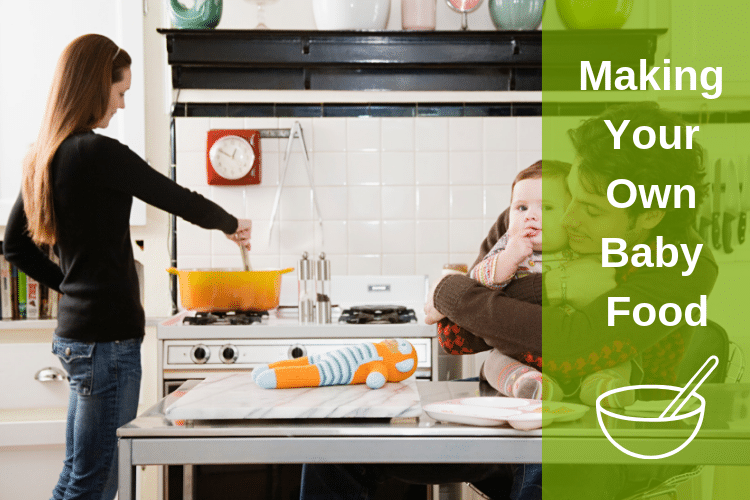
As your child nears six months old, it’s time to think about feeding your infant solid foods. Parents look forward to this stage in their child’s life! It’s so fun and exciting to watch your child’s reaction to all the new foods and flavors. Introducing solids is one of the best milestones in a child’s first year of life.
Making your own baby food is a healthy and inexpensive alternative to purchasing baby food at the store. Preparing baby food offers a wider variety of choices, and you can expose your baby to more flavors and textures. Also, homemade baby food will never have added sugars or salts, so you can control your child’s nutrition.
When Should I Introduce Baby Food?
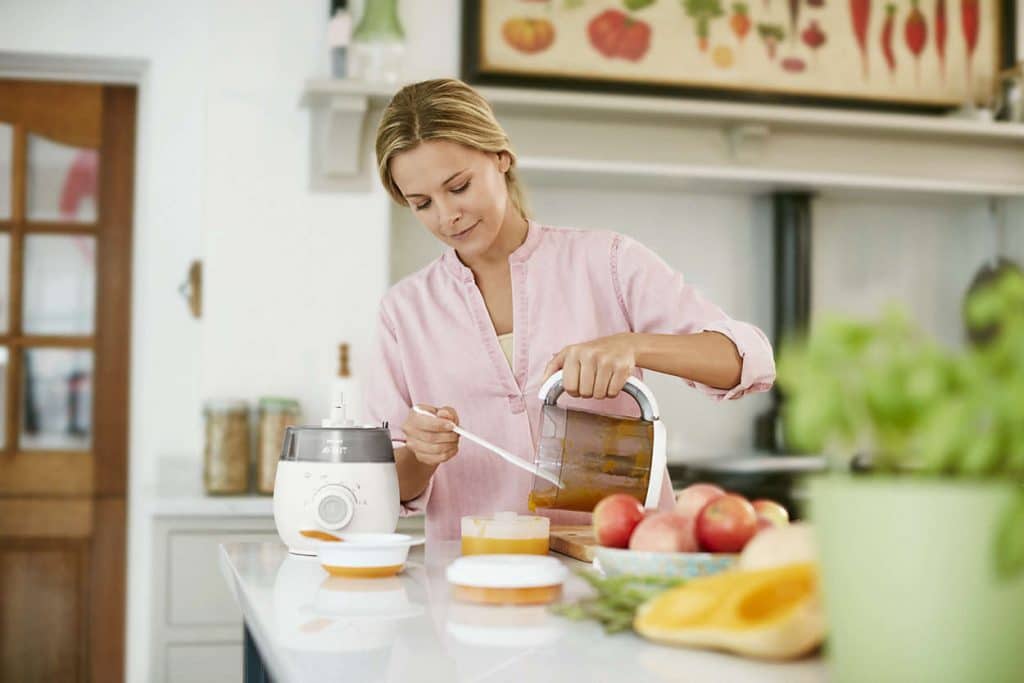
The American Academy of Pediatrics recommends exclusive breastfeeding until six months of age. If you don’t breastfeed, your baby should receive formula for the first six months of age.
At this time, speak to your pediatrician about introducing solid foods. Most pediatricians will encourage the introduction of solids at this age. Most importantly, you want to make sure your child reaches the developmental milestones that indicate he is ready to give food a try. A few milestones that indicate food readiness include:
- Sitting unsupported
- Interested in food
- The disappearance of tongue thrust reflex
What Do I Need to Make Baby Food?
Luckily, making your own baby food can be as easy or as hard as you want it to be. Some parents like to purchase blenders and kits meant to make baby food. They include all of the items that make the process easier. A few options you can use include:
- A hand-turned food mill (many have different blades for different textured foods)
- A baby food grinder
- An all-in-one baby food maker – these steam cook and then puree the foods
If those things aren’t in your budget, that’s ok too! You can use items you have at home. Some things you will need to make your baby food include:
- A blender
- A steamer or pot with a steamer basket (anything will work so long as you can steam the veggies!)
- Spatula
- Cutting boards
- A knife
- Peeler
- Ice cube trays
- Baby spoons
- Ziploc Bags
Find out more about The Best Sippy Cup for Your Baby in our complete review.
Reasons You Should Make Your Own Baby Food
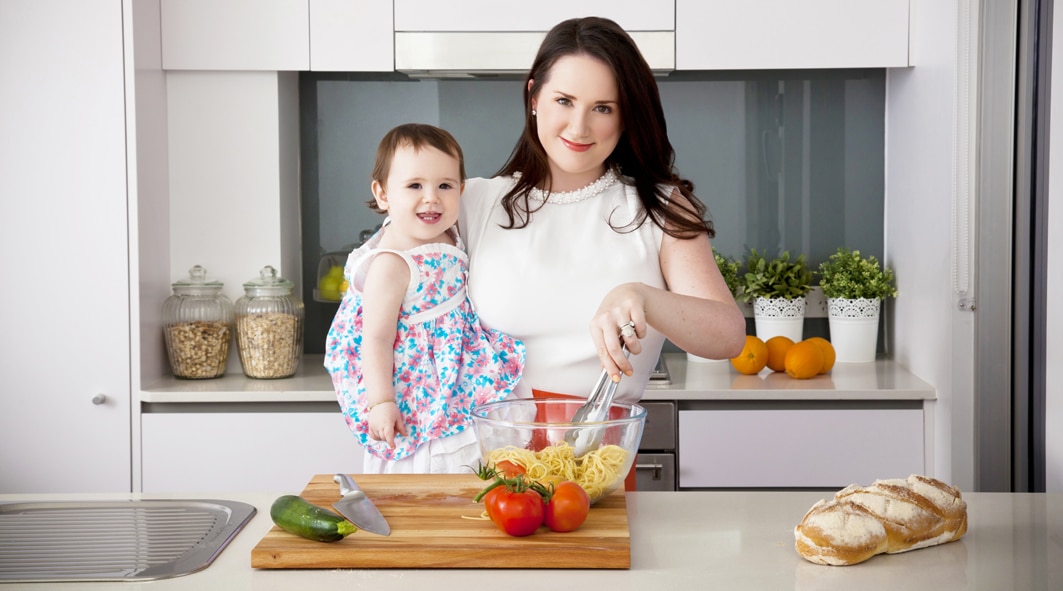
When you can head to the store and pick from hundreds of baby foods, some people can’t imagine making it at home. Homemade baby food does have advantages, and many people swear its the best choice. Here are some reasons why you should make your own baby food.
Some baby food brands do add sugar or salt to their baby food, and many parents prefer to limit those ingredients. Also, if you want to use organic foods, you can make sure everything your baby eats is pesticide free. You can avoid different preservatives as well.
If your baby eats 3 baby food pouches eat day and each costs $1.25, then you are spending $3.75 each day. That’s $112.50 in 30 days. Your baby may eat baby food for 3 to 6 months. That can get pricey fast. Plus, stage 3 foods tend to be more expensive, and many older babies can eat two jars in a sitting. The cost can add up fast!
One of the biggest reasons why people like to make baby food is that it’s cheaper. A bundle of organic bananas can cost $3 and you might be able to get 16 to 20 ounces. It’s much cheaper, even if you purchase organic.
You will find carrots in the baby food aisle, but you won’t find carrots and ginger. Homemade baby food allows you to experiment with flavors your family already enjoys. You won’t find melons or avocado in the baby aisle, but you can make it at home. Don’t be afraid to introduce spices to your child either!
Puree what your family is eating for the day! If you are having chicken and rice, puree it for your baby. The idea of pureed chicken and rice might seem gross to you, but your baby will love it.
Best First Foods for Babies
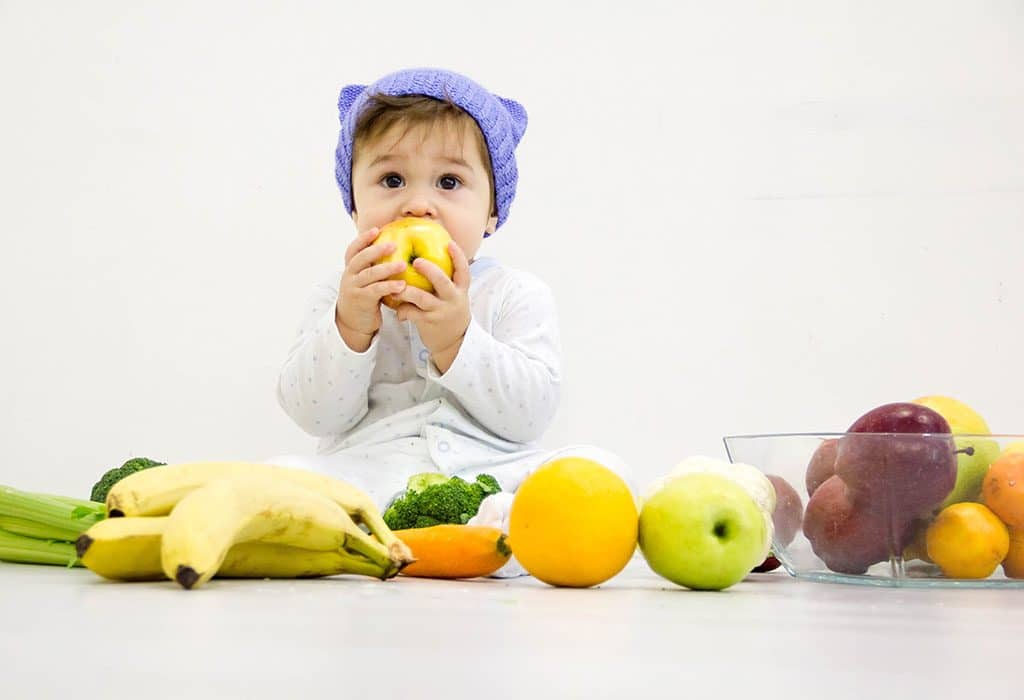
There aren’t any official food rules for introducing solid foods to your baby, and there is no scientific evidence that you have to introduce one type before the other. Some people suggest introducing vegetable baby food first, and some prefer to use baby cereals, such as oatmeal, rice, or barley, as a first food.
Picking your baby’s first food is fun! Pick something you think your baby will like. Here are a few common first foods for a baby that are typically easy to eat and healthy.
- Sweet potato
- Bananas
- Avocado
- Apples
- Pears
- Green beans
- Peas
- Carrots
- Butternut squash
You may like to read more:
Foods Not to Give to Infants
Luckily, the list of what you can’t give your baby is much shorter than what you can give them. Consider any family food allergies. You might want to delay those foods and introduce at your pediatricians’ office in case of an allergic reaction.
As far as peanuts go, the National Institutes of Health released a new guideline in 2017 that encourages parents to introduce peanuts into baby’s diet around six months of age. Introducing peanuts earlier in life before the age of one decreases the risk of developing a peanut allergy by 81 percent!
Two foods you can’t give infants are honey and cow’s milk. You can give your baby products from cow’s milk like yogurt and cheese, but breastmilk and formula should be your child’s primary source of nutrition until he is a year old. Then, it is safe to introduce cow’s milk.
Honey brings the first of botulism, and infants have a weaker immune system than adults. So, wait until your child is a year old before introducing honey to your child’s safety.
Also, make sure you don’t include whole nuts, raisins, popcorn, raw vegetables or unpeeled fruits in homemade baby food. These things are choking hazards and best avoid until your child is at least 2 years old.
5 Steps to Make Your Own Baby Food
Making baby food is easy, but the first thing to remember is that you do need to be careful about sanitation. Wash and scrub your produce first. If possible, use organic fruits and veggies, but it’s not a necessity. Here are the steps to make baby food.
1. Wash, peel, remove seeds and core your fruits and veggies. Take special care to make sure you remove any spots that may look bad on the fruit or veggies. You want to also take out any pits from produce, like in cherries or avocados.
2. Steam or cook the veggies until they are tender. Most fruits don’t require cooking first, but some do, such as apples. Everyone has their own methods. Some like to slow cook the apples like they would for applesauce. You can steam and microwave the veggies in a little bit of water, which allows the vegetables to retain vitamins and minerals.
If you are cooking meats and fish, remove all fat, gristle, skins and bones before cooking it. Also, make sure you cook your meats and fish to the correct temperatures. Cook everything well-done, including eggs. Babies are susceptible to food poisoning due to undercooked meats, poultry, and eggs. Be vigilant and thorough.
3. Puree or mash up fresh fruits or canned fruit in its own juice. Don’t purchase canned fruit with added honey, corn syrup, or other sweeteners. Many fruits can be mashed with a fork, adding a bit of water or breastmilk. Keep mashing and stirring instead of taking out the blender and dirtying another dish!
4. Once your veggies (or fruits) are steamed, place them in your blender. You can add water, breast milk, or formula to help create the desired consistency. You want to make sure you puree really well, especially when your child is first starting. No lumps should be present. Take your time and add a little bit of liquid here and there to create the right consistency.
5. You can feed to the baby immediately or freeze for later use. For easy freezing, fill ice cube trays. Each ice cube is approximately one ounce, so it makes it easy to know how many to unthaw for your baby later. Once frozen, place the cubes into a clean, freezer-safe food container like a Ziploc baggie. Remember to label and date these containers. You can also stick some in jars into the refrigerator if you plan to use it within the next day or two.
Find out more about The Best Baby Dishes.
Tips for Successful Baby Food Making
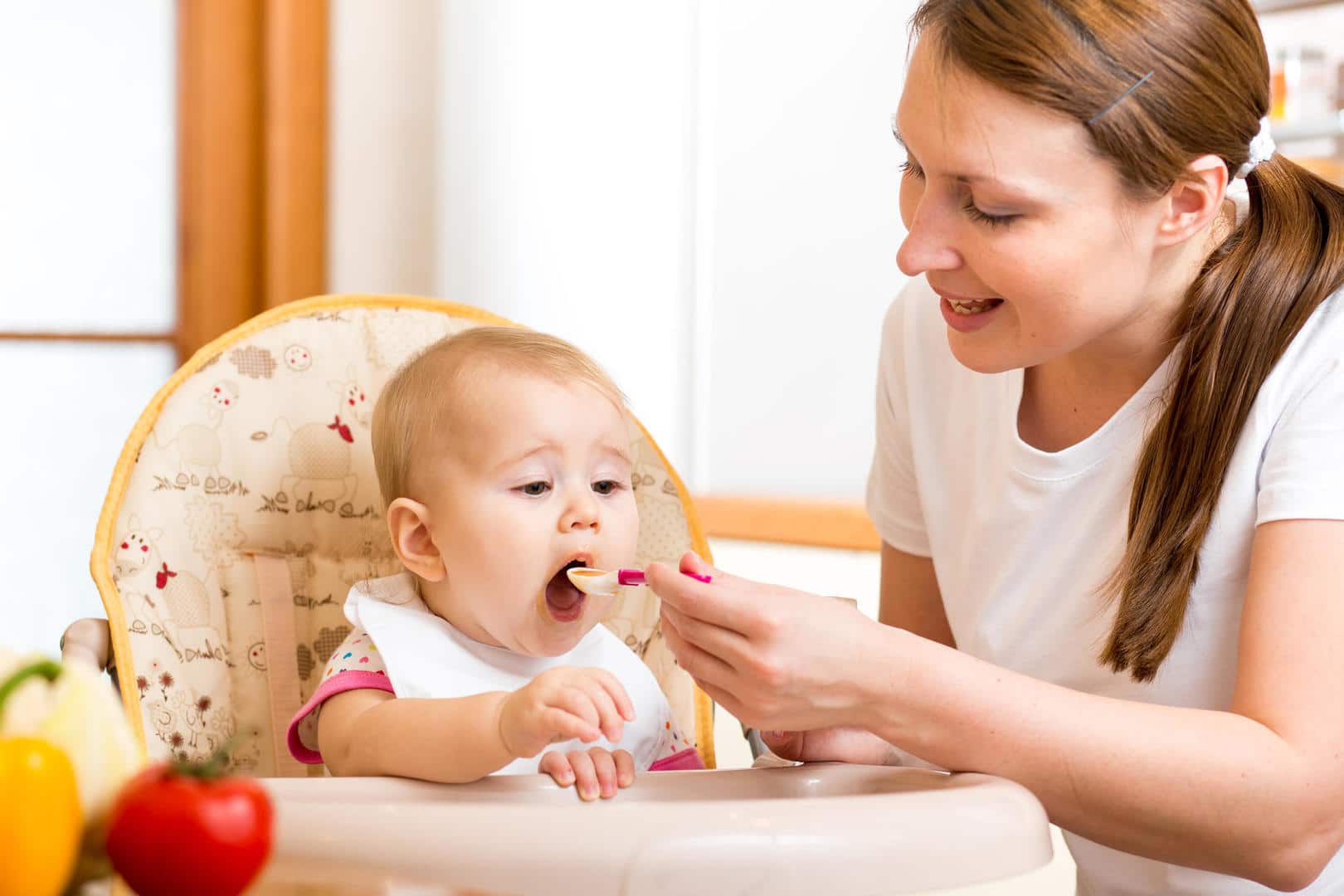
You did it! You made baby food all on your own. The accomplishment feels nice. Here are some additional tips, including safety information you should know about your baby’s food.
- Homemade baby food can stay in a covered container in the refrigerator for one to two days.
- Small portions can stay good in the freezer for three to four months. Make sure that you label and date the containers!
- It’s always best to unthaw small portions at a time because uneaten food needs to be tossed out. Bacteria lives in mouths, so when you put the spoon in your child’s mouth and then touches food, that food isn’t saveable.
- Always wash your hands with soap and water before feeding the baby, especially if you touch raw meat, fish, or eggs. Foods harbor bacteria.
- Making blends is always fun, but it’s best not to make the blends ahead of time unless you aren’t doing huge batches. For example, carrots and apples are delicious together. You can make them together, but I may not want to add those to sweet potatoes, or I may want to offer carrots and ginger. Make the foods separately, then unthaw and season each one.
Read more about The Best Baby Utensils in our full review.
Making your own baby food is an economical solution for parents who need to save money. It’s also an easy for you to save money and introduce your baby to the best tasting foods.
Do you make your own baby food? Why or why not? Let us know in the comments!



